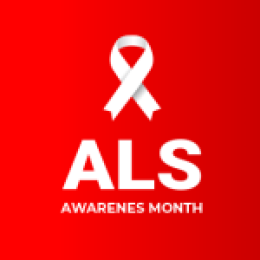
Many may not know this, but contrary to many beliefs, living with one healthy lung is possible. However, many individuals find that they can go back to doing all of the things they love after removing one lung. Continue reading to find out more.
Pneumonectomy
The surgery to remove one lung is called a pneumonectomy. If one lung is still healthy and functioning, a doctor may recommend a pneumonectomy to remove the other lung. Many factors may have caused a pneumonectomy to occur. These include cancer, traumatic lung injury, COPD, and severe lung infections. Patients will get anesthesia before the surgery starts, which will allow them to go to sleep. During a pneumonectomy, the surgeon will make an incision on the side of the body closest to the lung being removed. Then, the surgeon will collapse and remove the lung by cutting some of the muscles and spreading the ribs apart.
Post-Surgery
Because this is a very invasive and major surgery, it will take time for the patient to fully recover. Usually, patients must stay in the hospital for a few weeks to be monitored. Mild soreness is normal after surgery, but patients don’t usually feel much pain. Post-surgery, patients will begin working with a respiratory therapist to help them strengthen their respiratory system, which will help them breathe better. After a pneumonectomy, many patients will need respiratory care, depending on their condition. Advent provides equipment, support, and services from registered and licensed respiratory therapists. Visit our website or connect with us to learn more about our respiratory services.
Life After a Pneumonectomy
After surgery and recovery, many individuals can return to their lives and still do all of the things they love to do. Living with one lung doesn’t mean that your life will stop. It will often just be a reminder to take things slow and be patient with yourself. Here is an excellent story about Emily Bennet Taylor, who tells her story of living life after cancer and a Pneumonectomy. A complete and happy life can be lived with one lung. Although the surgery may seem daunting, it can be life-saving for people with respiratory conditions. If you or a loved one has any questions about respiratory health, reach out to our team, we are here to help you.
April 14, 2023 by Advent Home Medical



